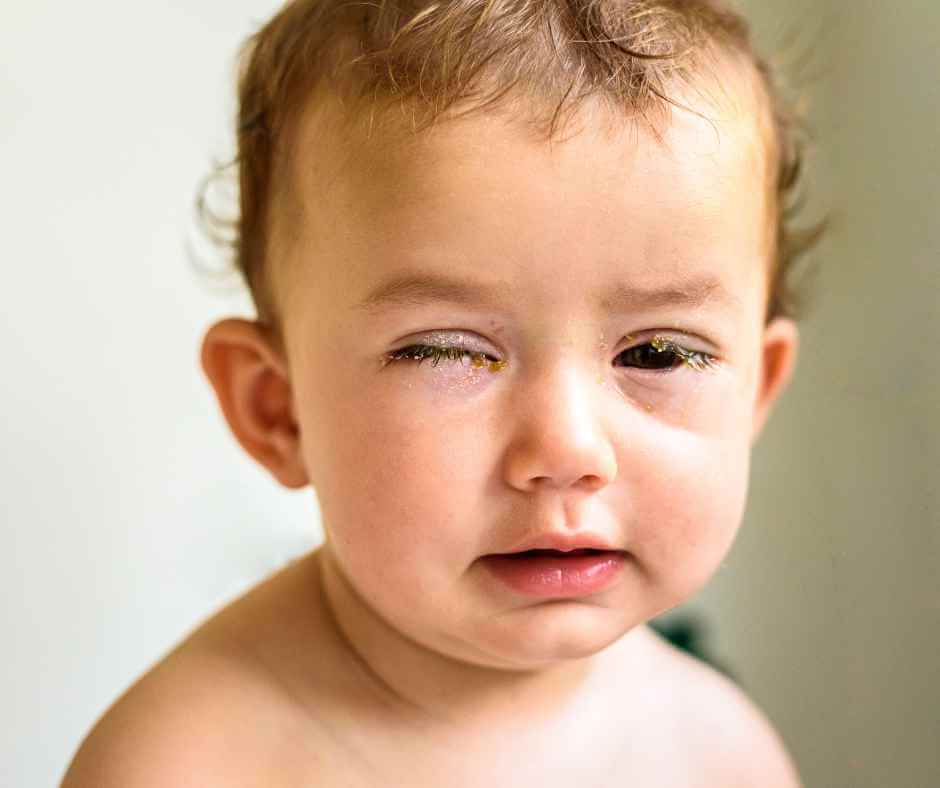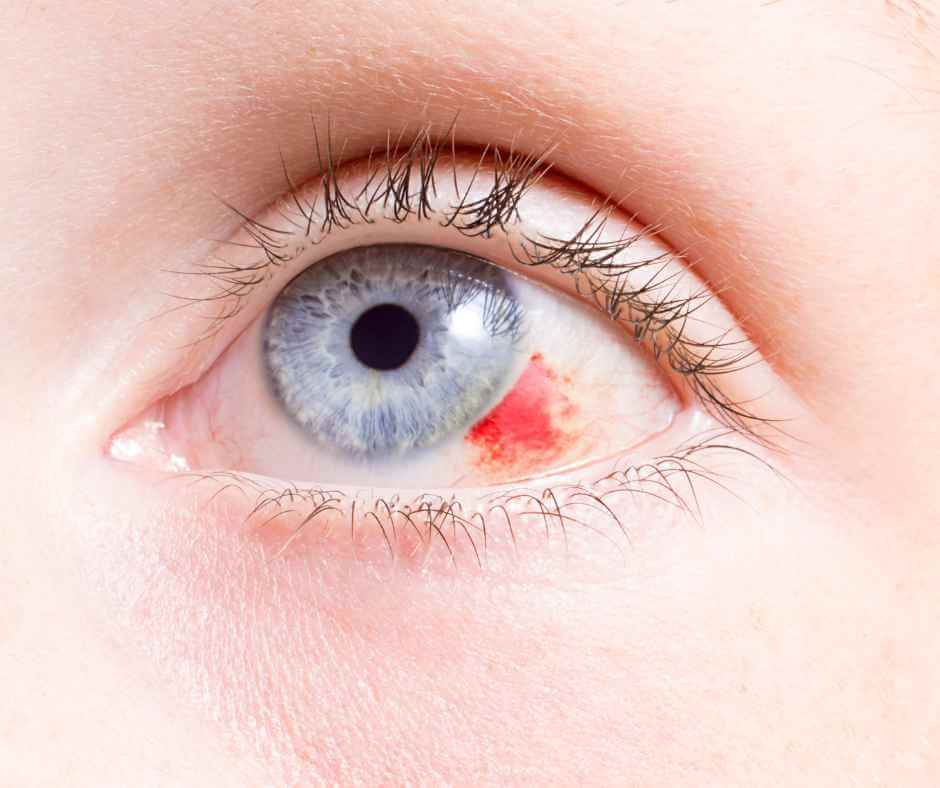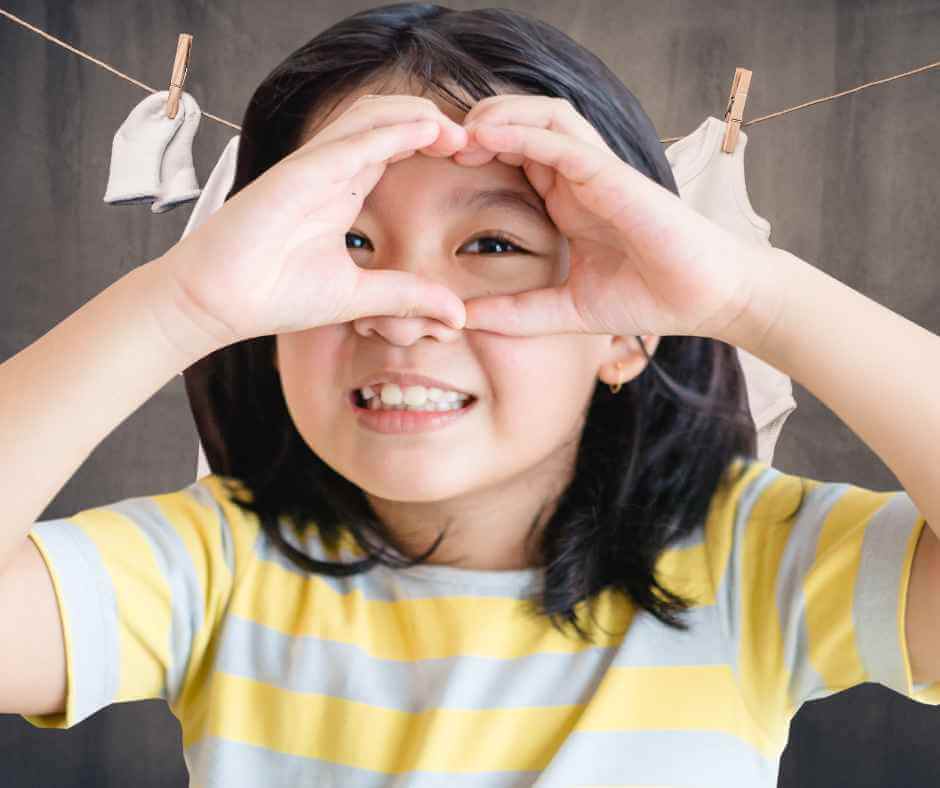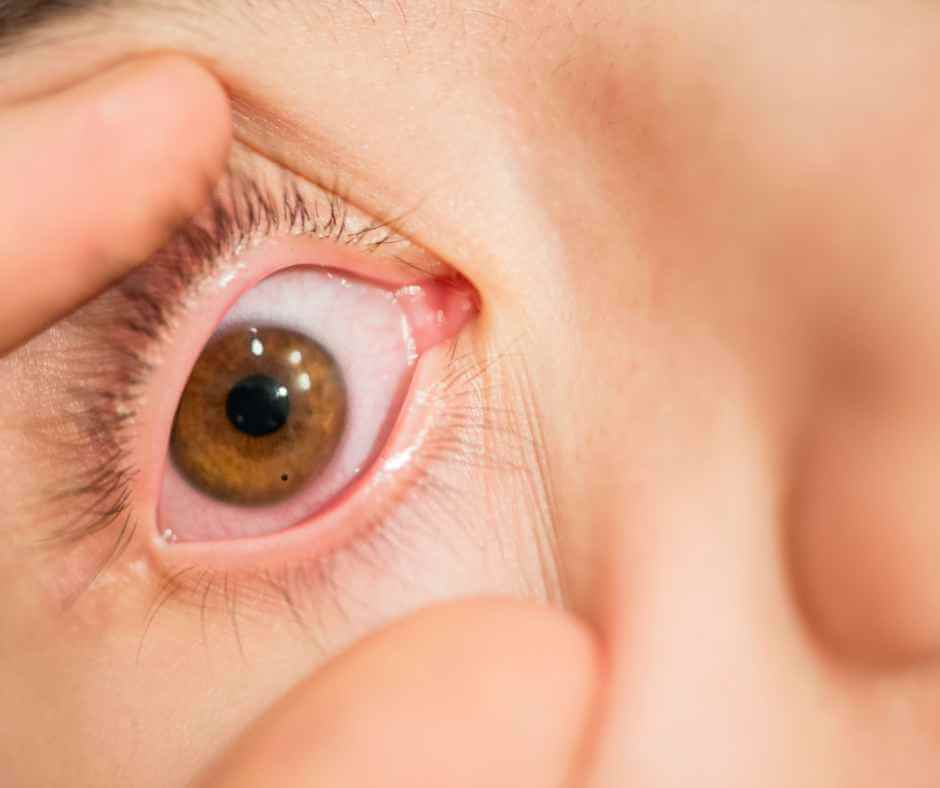Treating Common Eye Injuries in Children: First Aid Tips

Children frequently sustain eye injuries because of their natural curiosity and playful tendencies. The risks can range from accidentally being poked with a toy to getting sand in your eyes while spending the day at the beach. If these apparently minor incidents are not handled properly and promptly, they may have more negative effects.
One of the most delicate and important organs, the eyes need special care, especially in young children. Understanding the various eye injuries and knowing how to react can significantly alter the course of events.
In addition to providing immediate relief, prompt first ai
d is an important step in preventing long-term vision problems, ensuring that our children’s vision is as clear and bright as their future.
Types of Common Eye Injuries in Children

Children frequently come into contact with a variety of potential eye hazards during their explorations and playful antics.
One of the most common accidents involves a foreign body getting into the eye, whether it’s dust, sand, or small objects that can be extremely uncomfortable.
Similar to this, seemingly unimportant incidents like a child rubbing their eyes with toys or even their own fingernails can result in corneal abrasions, which can cause pain and possibly impair vision.
Blunt trauma can result in swelling, pain, or even internal eye injuries, like when you get hit by a ball or accidentally bump into some furniture.
Additionally, their inherent curiosity may cause them to come into contact with household items, which could result in chemical burns. These burns can range from mild to severe, depending on the substance involved.
Lastly, the more harrowing injuries involve sharp objects like scissors or sticks, which can penetrate or cut the eye, posing serious risks and often requiring immediate medical intervention.
General First Aid Tips for All Eye Injuries
A few general first aid measures can make a big difference in the outcome of a child’s eye injury. First and foremost, it’s critical for caregivers and parents to maintain their composure. Since kids frequently mimic the emotions of those around them, a calm demeanor can help calm an already upset child.
Many people have a natural tendency to touch or rub an injured area, but it’s crucial to refrain from doing so when it involves the eye.
Pressure, rubbing, or touching the wound can make it worse. Avoid removing any objects that are stuck in the eye because doing so can make the situation worse. Instead, cover the eye to shield it from additional outside irritants or harm.
First Aid for Specific Injuries

Foreign Body in the Eye
Blinking several times to produce tears.
Tilt head so that the injured eye is below the unaffected eye – tears might help flush out the debris.
If debris remains, seek medical attention.
Eye Scratches
Gently rinse with cool, clean water.
Blink several times.
Do not rub the eye.
Seek medical attention to avoid infection or deeper injury.
Blunt Trauma
Apply a cold compress without placing pressure.
If the child complains of vision changes or severe pain, seek medical attention immediately.
Chemical Burns
Hold the child’s eyelids open and immediately flush the eye with cool, clean water for at least 15 minutes.
Seek emergency medical care immediately.
Penetrating or Cut Injuries
Do not try to remove the object.
Shield the eye with a paper cup or similar object without applying pressure.
Get emergency medical help immediately.
Prevention: Best Practices to Avoid Eye Injuries

Preventing eye injuries in children often revolves around proactive measures and fostering a safety-conscious environment. First and foremost, it’s essential to keep harmful chemicals and potential irritants stored securely and out of children’s reach, ensuring curious hands don’t inadvertently come into contact with them.
Active supervision during playtime or any activity that might pose risks can drastically reduce the chances of eye injuries. Whether it’s a simple game in the yard or organized sports, the use of appropriate safety equipment—like goggles or protective helmets—can be a game-changer in safeguarding young eyes.
Beyond these precautions, instilling knowledge is paramount. Regularly educating children about the importance of eye safety, teaching them about potential hazards, and equipping them with the know-how to avoid risky situations can empower them to navigate their world with caution and awareness.


The immediate and appropriate administration of first aid in eye injuries can have a significant impact on a child’s long-term health and vision. While immediate remedies can ease the pain at first or stop further damage, they are only the first step in a longer chain of care.
It’s crucial for parents and caregivers to understand that even if an eye injury seems minor at first, underlying problems might not be visible. Some injuries can appear or get worse with time, that is why it is important to get professional medical care and evaluation after an injury. It’s always wiser to be safe than sorry, as the saying goes, especially when it comes to the priceless gift of sight.
Want more? We’ve got you covered…
Our Baby First Aid Courses
Our baby first aid courses are available in person in your home and online. We run classes in your home with groups of 2, 4 or up to 10 in Sydney & Melbourne and you can book in 3 easy steps!
- Pick your class
- Follow the prompts to purchase
- We will contact you within 24 hours to lock in your date of choice
Our First Aid Certificate Courses
We run most of the popular first aid courses Australia wide. HLTAID011 Provide First Aid, HLTAID009 Provide CPR, HLTAID012 Provide First Aid in an Education & Care Setting, RAMOAP (anaphylaxis), Mental Health first aid and CPR/LVR to name a few.
Book your public spot online or contact us if you have a group of 5+ people for onsite training.
Here are some other resources you may enjoy!
FREE GUIDE: Your Virtual Baby First Aid Kit
FREE GUIDE: Introducing Common Allergy Foods & Allergic Reactions
FREE Workplace Emergency Preparedness Plan: Grab this at the bottom of every page!
Follow for baby & child first aid and allergy info and tips on Instagram & TikTok, all @thenestcpr
